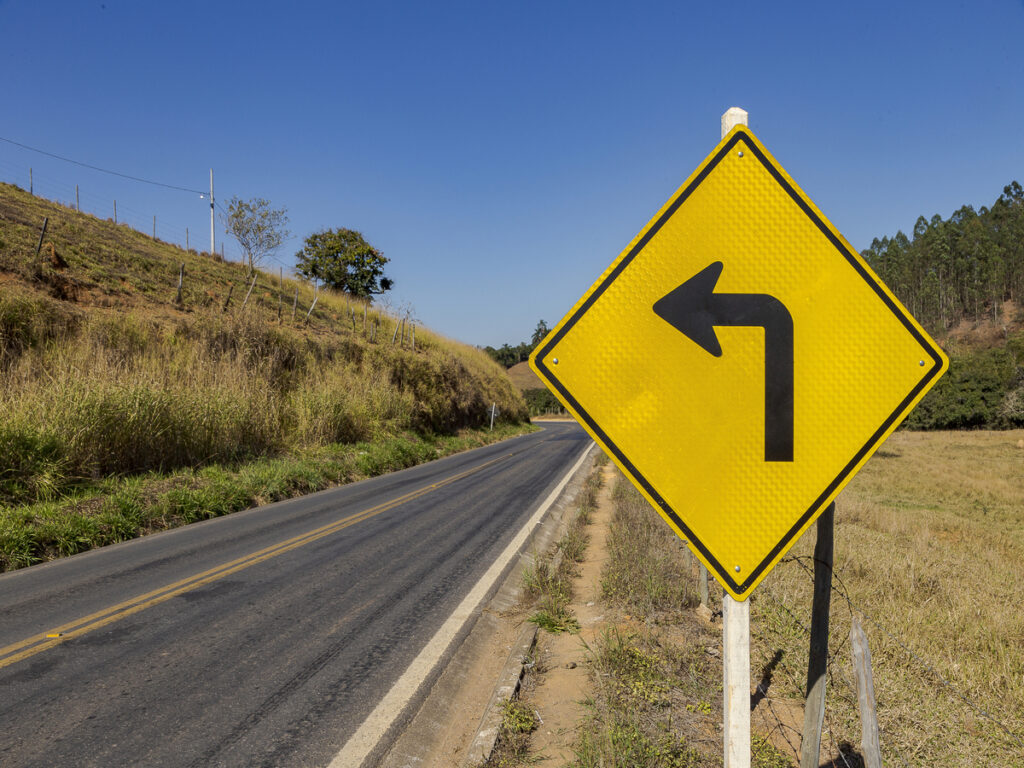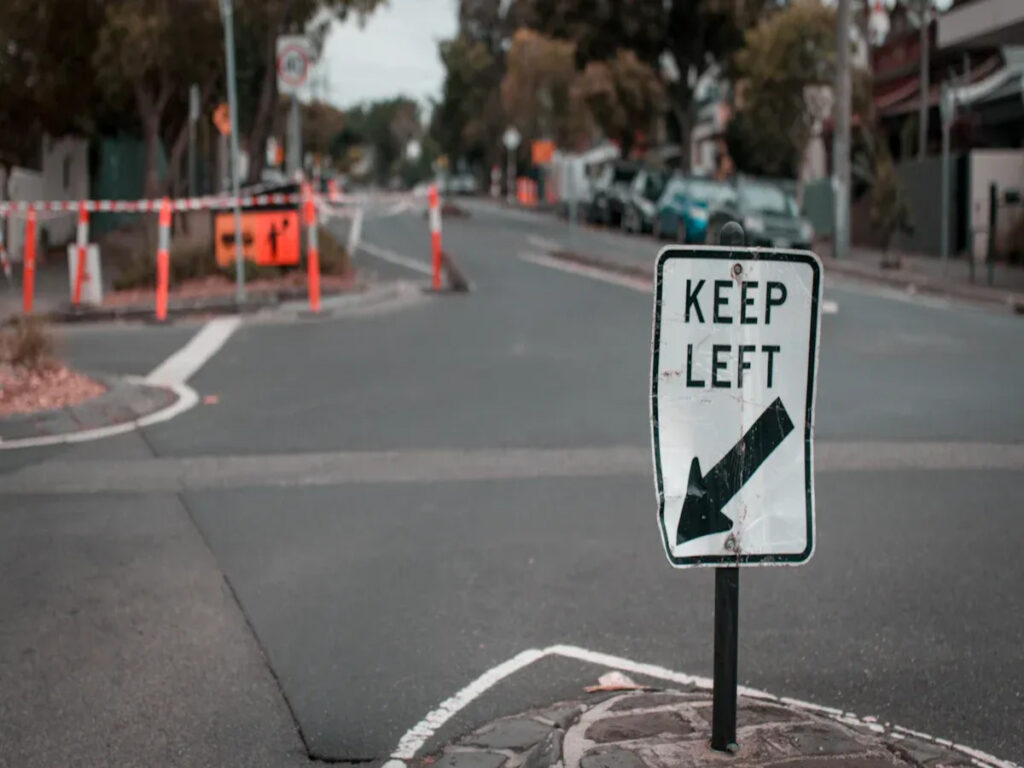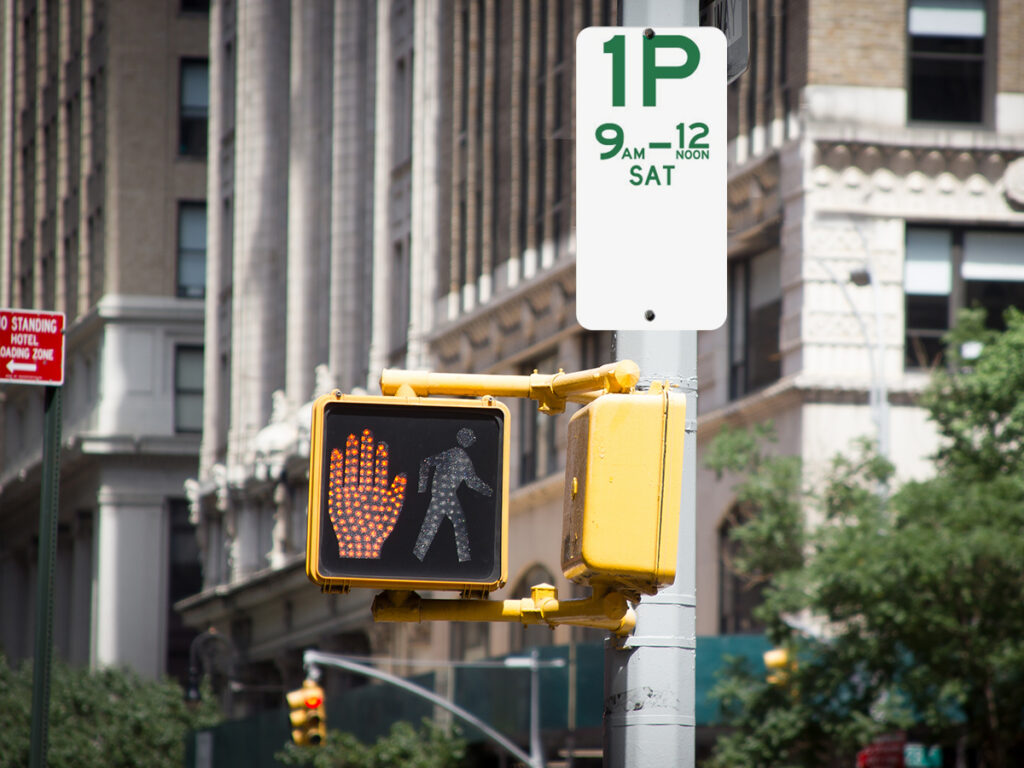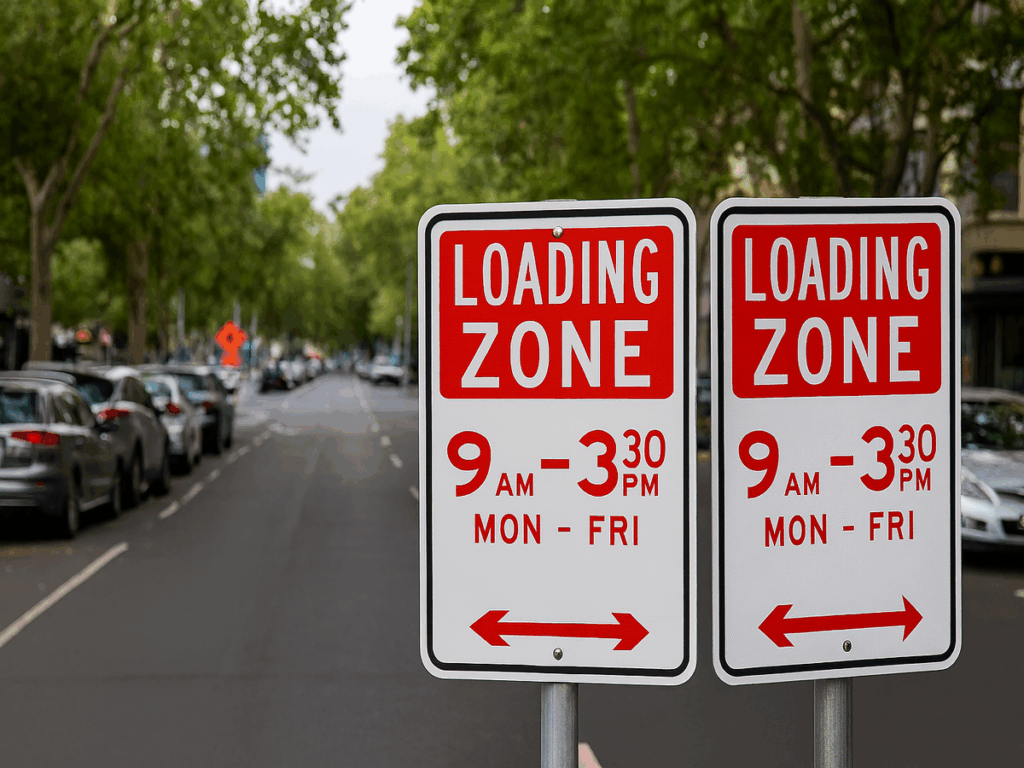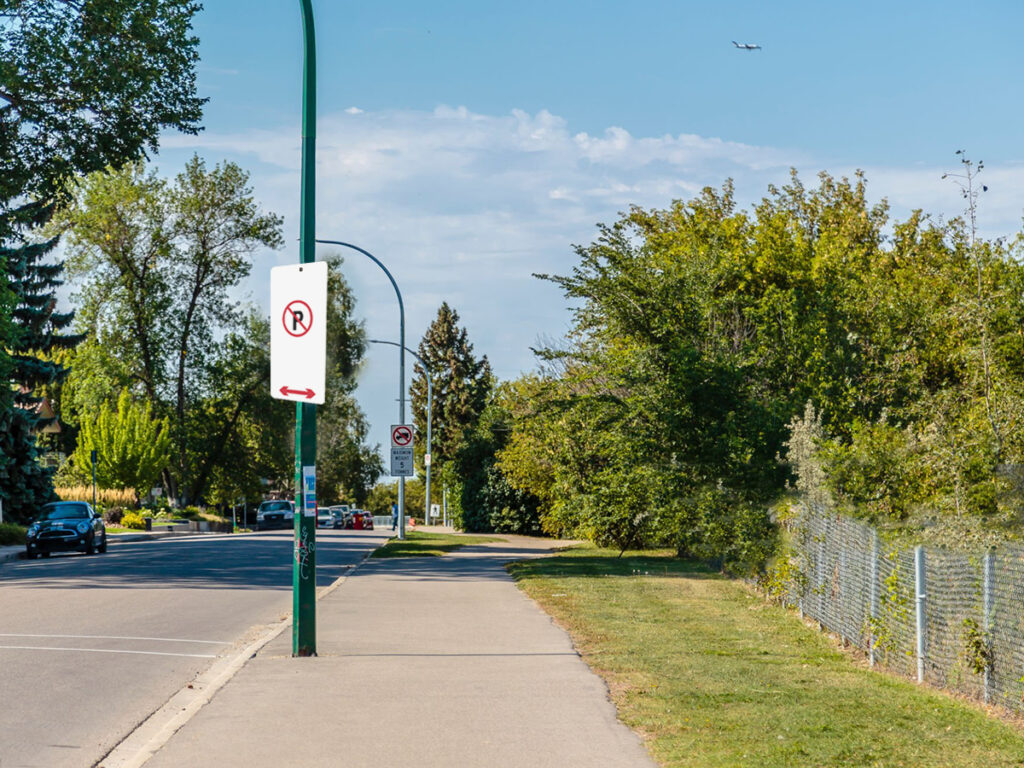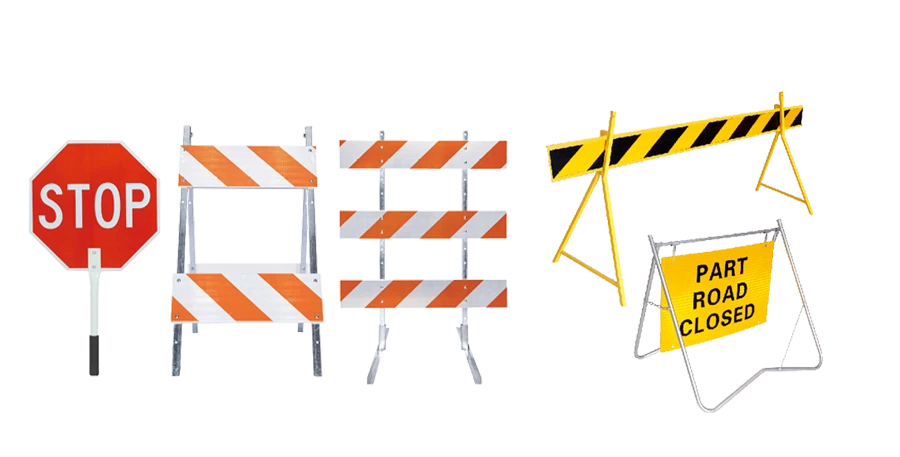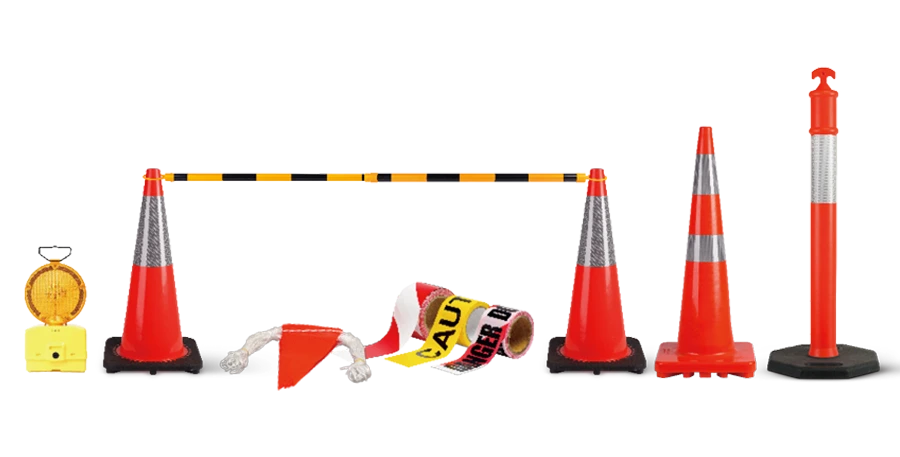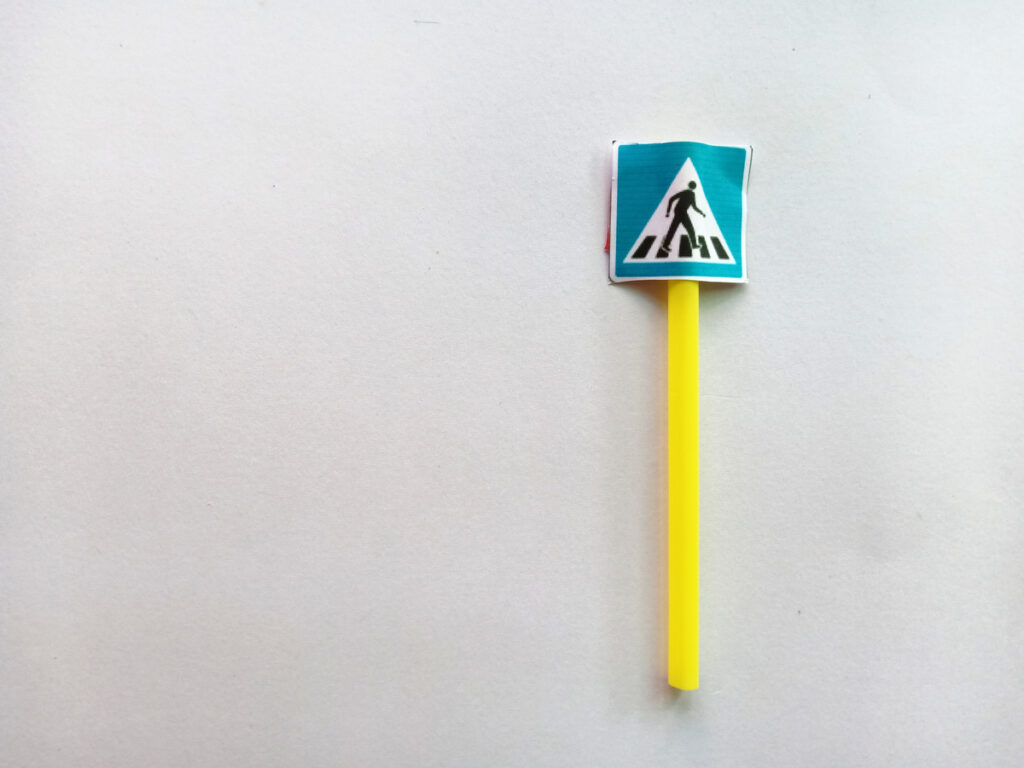
You use sign handles for precise and long tasks. Bad handle designs can cause pain, tiredness, and injuries. Good ergonomic design helps fix these problems. It matches handle shapes to how your hand moves. This lowers stress and makes work easier. It keeps workers safe and helps them work faster. You can finish jobs with less effort and fewer dangers.
OPTRAFFIC stop slow sign handles are designed with ergonomics in mind—reducing strain, improving grip comfort, and supporting long hours of safe, efficient use. Whether for traffic control, zones de construction, or event management, our handles help workers stay productive and protected on the job.
Principaux à retenir
- Ergonomic handles help workers avoid tiredness and injuries by fitting hand movements.
- Handles with good grip size and texture feel better and are safer to use.
- Balanced handle weight reduces muscle stress, letting workers work longer without pain.
- Buying ergonomic handles saves money by cutting healthcare costs and sick days.
- These designs help workers finish jobs faster and make fewer errors.
Understanding Ergonomic Design for Sign Handles
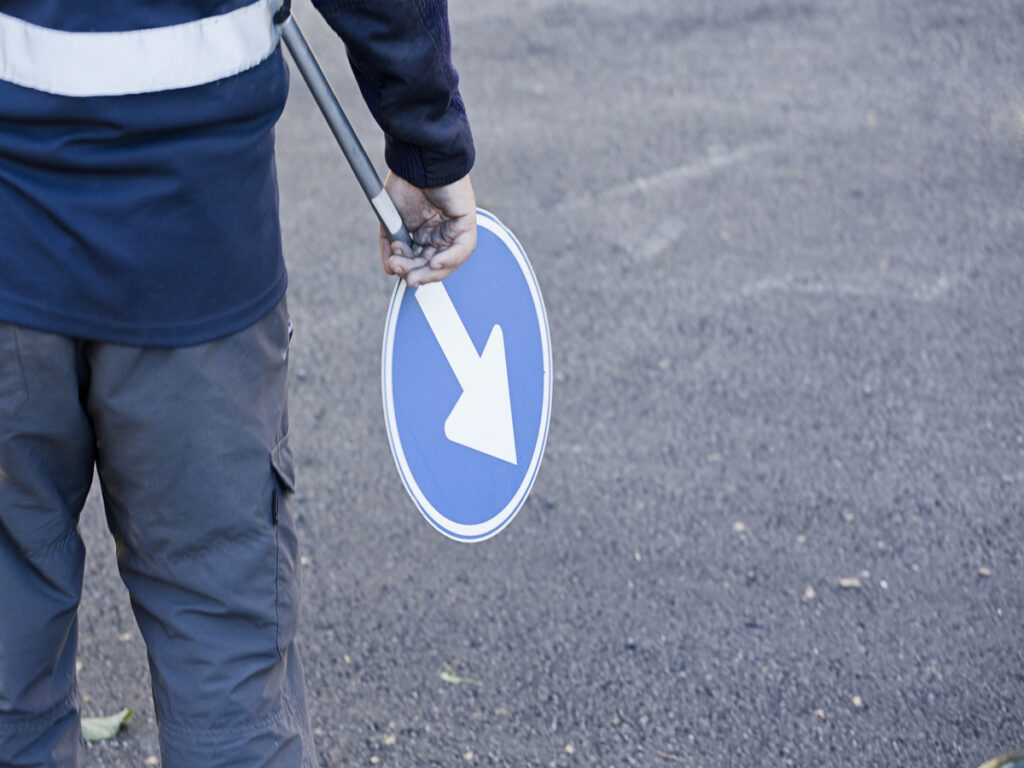
What Is Ergonomic Design?
Ergonomic design means making tools that fit your body. It helps reduce strain and makes using tools more comfortable. For sign handles, this means grips that match how hands naturally hold things. Designers focus on making tools safe and easy to use for long periods. Par ici, tools work well and keep you comfortable while working.
Why Ergonomics Matters for Sign Handles
Ergonomics is important for keeping workers safe and efficient. Bad handle designs can cause muscle pain, discomfort, or even injuries over time. Le US Bureau of Labor Statistics says nearly two million work-related injuries happen each year. Good ergonomic design lowers muscle strain, improves grip, and reduces injury risks. This is especially helpful in jobs like construction or traffic control. These jobs often involve heavy lifting and repeated tasks. Using ergonomic handles lets you work longer and safer without extra stress.
Common Problems with Non-Ergonomic Handles
Handles without ergonomic design can cause harm over time. Small issues, like grips that are too big or slippery, lead to tired muscles and strain. These problems can cause injuries like carpal tunnel syndrome. Fixing these injuries costs a lot and slows down work. Awkward handle shapes also force hands into uncomfortable positions. This can lower productivity by up to 20%. Choosing ergonomic handles avoids these problems and makes work safer and easier.
Principles of Ergonomic Handle Design
Shape and Contouring for Natural Hand Positioning
Handle shape is key to making work easier. A good design lets your hand rest naturally. This lowers strain and keeps your muscles relaxed. Designers make handles match the curves of your palm and fingers. Par exemple, curved handles help your hand stay comfortable.
Experts use hand size data to design handles for many users. This ensures both comfort and usefulness. Handles shaped to fit your hand’s movements reduce discomfort. This matters for long tasks where bad handles can cause pain or injuries.
Grip Diameter and Texture for Comfort
Handle size and surface affect how easy it is to hold. Studies show grip sizes between 30–40 mm are best. Small grips make your hand work too hard. Large grips feel awkward and reduce control.
The surface texture also matters for comfort. Smooth handles can slip if your hands are sweaty. Textured surfaces, like rubber or knurling, improve grip. These features help you hold the handle firmly without extra effort.
Material Selection for Vibration Damping
Handle materials help reduce vibrations that tire your hands. Long exposure to vibrations can cause injuries like white finger. Soft materials like thermoplastic rubber (TPR) absorb vibrations better than hard plastics.
Materials should also be strong and lightweight. Heavy handles make work harder, while light ones are easier to use. Choosing the right materials keeps your hands safe and makes work more comfortable.
Load Distribution to Reduce Strain
Holding a sign handle for a long time can be tiring. How the weight is spread affects how your body feels. Uneven weight can strain your hands, wrists, and arms. Ergonomic design spreads the weight evenly to make work easier.
Why Load Distribution Is Important
If a handle puts weight in one spot, muscles work harder. This can cause tiredness and discomfort. Au fil du temps, it might lead to injuries like joint pain or tendonitis. Even weight spread keeps your muscles relaxed. It also lowers the chance of overuse injuries.
Conseil: Choose handles that balance weight across your palm and fingers. This small feature can improve your comfort a lot.
Features That Help Spread Weight
Ergonomic handles have special features to spread weight better:
- Balanced Design: Handles with centered weight are easier to hold steady.
- Wider Gripping Area: A wider grip spreads weight across your hand evenly.
- Curved Shapes: Contoured handles match your hand’s shape for better support.
How Load Distribution Works
Studies show uneven weight makes your hand and arm muscles work harder. This extra effort causes faster tiredness. Balanced handles lower muscle effort by up to 30%. This helps you work longer without getting tired.
Benefits You’ll Notice
When weight is spread evenly, you’ll see these benefits:
- Less Tiredness: Your muscles stay relaxed, even during long tasks.
- Better Control: Balanced handles give you more precision and stability.
- Lower Injury Risk: Even weight reduces strain and injury chances.
Note: Always test a handle before using it for a long time. A good handle should feel balanced and comfortable in your hand.
Picking handles with good weight distribution protects your hands and arms. This simple choice makes your work safer and easier.
Benefits of Ergonomic Sign Handles

Reduced Risk of Musculoskeletal Disorders
Ergonomic sign handles help lower the chance of muscle problems. These problems often come from using poorly designed tools repeatedly. Handles made with ergonomic ideas reduce strain on your hands and arms.
Good handles fit your hand naturally and keep your wrist straight. Par exemple, a 1.5-inch handle size fits most people well. This size makes long tasks easier and less tiring. Such designs keep your muscles relaxed and prevent overuse injuries. By cutting down on fatigue, ergonomic handles keep you safe and healthy.
Conseil: Pick handles that reduce strain and keep your wrist straight. This small change can greatly lower your risk of injury.
Enhanced Worker Safety and Comfort
Ergonomic handles make work safer and more comfortable by fixing common problems. They reduce tiredness and awkward hand positions. Using these handles gives you better control and less strain. This lowers the chance of accidents during detailed tasks.
These handles are made to fit many hand sizes using size data. This makes them more comfortable and reduces repeated strain. Features like textured grips stop slipping, and soft materials absorb shocks. These designs create a safer and more comfortable workspace for workers.
- Key Benefits of Ergonomic Handles:
- Less tiredness during long tasks.
- Better grip for more control.
- More comfort for extended use.
With ergonomic handles, you can work without worrying about pain or injuries.
Increased Productivity and Efficiency
Ergonomic handles help you work faster and better. They reduce tiredness and make tasks more comfortable. This lets you work longer without feeling sore. You can finish jobs on time and with fewer mistakes.
Balanced weight and adjustable tools also improve how you work. These features help you stay in good posture and avoid wasting energy. This means you can do more work with less effort.
Note: Research shows ergonomic tools can boost productivity by 20%. This helps both workers and employers by saving time and improving results.
Ergonomic handles make work safer and help you do your best. They reduce tiredness and make tasks easier, so you can work smarter.
Long-Term Cost Savings for Employers
Achat ergonomic sign handles can save employers money over time. These tools may cost more at first, but they save money later. By preventing injuries and improving work speed, ergonomic designs help businesses in many ways.
Lower Healthcare Costs
Work injuries, like muscle problems, can be expensive to treat. Bad tools often cause these injuries, needing costly care and long recovery times. Ergonomic handles lower these risks by reducing strain on hands and arms. This helps avoid big medical bills and keeps workers healthier.
Reduced Absenteeism
Bad tools can cause pain, leading workers to miss work. When workers feel tired or hurt, they take more days off. Ergonomic handles make work more comfortable and reduce tiredness. This means workers can stay on the job without needing extra breaks. Fewer absences help keep work running smoothly.
Increased Productivity
Ergonomic tools make tasks easier and less tiring. Handles shaped for natural hand positions help workers last longer without getting worn out. This means jobs get done faster and better. Au fil du temps, this boost in work speed helps the company earn more.
Lower Turnover Rates
Happy workers are more likely to stay with their jobs. Tools that focus on safety and comfort show you care about your team. Workers stay longer when they feel valued. This saves money on hiring and training new employees.
Long-Lasting Tools
Ergonomic handles are made from strong materials like thermoplastic rubber. These materials last longer and don’t wear out quickly. Durable tools mean fewer replacements, saving money and avoiding work delays.
Conseil: Think of ergonomic handles as a smart investment. They protect workers and improve your company’s finances.
Summary of Financial Benefits
Employers using ergonomic handles can expect:
- Lower medical costs from fewer injuries.
- Fewer missed workdays.
- Faster and better work results.
- Happier workers who stay longer.
- Stronger tools that last longer.
Choosing ergonomic designs creates a safer workplace and saves money. This helps both your workers and your business succeed.
Applications of Ergonomic Sign Handles
Use in Traffic Control and Construction
Ergonomic sign handles are important for traffic and construction jobs. Workers often hold signs for long hours to guide cars or mark areas. Bad handles can cause tired muscles and discomfort. This lowers work quality and increases mistakes. Ergonomic handles have curved grips and balanced weight. These features help hands stay in a natural position. This reduces strain and helps workers focus better.
A study compared different sign designs and showed why ergonomics matter:
| Study Focus | Résultats | Conclusion |
|---|---|---|
| Understanding Non-Standard Signs | Drivers understood symbol signs better than text signs. | Ergonomic design improves sign use, showing the need for better handles. |
| Testing Sign Designs | New designs scored higher in ergonomic ratings than old ones. | Better ergonomic designs are available, proving their importance. |
Using ergonomic handles makes traffic and construction work safer and easier.
Emergency Services and Public Safety
En urgences, every moment is critical. First responders use tools like signs to guide people or control traffic. Ergonomic handles make these tools easier to use under pressure. Features like anti-slip grips and soft materials keep handles secure, Même dans des conditions difficiles.
These handles also lower strain for responders holding signs for long times. This helps them focus on saving lives without feeling tired or sore. Choosing ergonomic handles improves both worker performance and public safety.
Manufacturing and Warehousing
Ergonomic handles are helpful in factories and warehouses too. These jobs often involve repeated movements and heavy lifting. Au fil du temps, this can cause injuries. Ergonomic handles reduce these risks by improving posture and lowering strain. This makes work safer and more efficient.
Using ergonomic tools has shown big improvements in safety and work quality. Par exemple:
- Goods-to-person systems keep workers in one spot, reducing lifting.
- Pick-to-light devices automate tasks and lower mistakes.
These tools, along with ergonomic handles, help workers stay safe and productive. Investing in ergonomic tools creates a better and safer workplace.
Examples of Successful Implementations
Ergonomic sign handles have made jobs safer and easier. They help reduce tiredness, improve safety, and increase work speed. Below are examples of how they’ve worked well:
- Traffic Control Projects
In a busy city, traffic workers used ergonomic handles for six months. These handles had textured grips and balanced weight. Workers said their hand tiredness dropped by 40%. This helped them stay focused and make fewer mistakes during long shifts. - Emergency Response Teams
A fire department used ergonomic handles to guide traffic in emergencies. The handles had anti-slip grips and reduced vibrations. Firefighters found them easier to hold, even in wet or stressful situations. This made it easier to manage chaotic scenes. - Manufacturing Facilities
A warehouse added ergonomic handles for signs used in inventory tasks. Workers often held signs to guide forklifts and sort goods. The new handles lowered wrist pain and improved grip. Over a year, hand and wrist injuries dropped by 25%.
Note: These examples show how ergonomic handles can help in tough jobs.
| Industry | Key Features Used | Résultats |
|---|---|---|
| Contrôle de la circulation | Textured grips, balanced weight | 40% less tiredness, better focus |
| Emergency Services | Anti-slip, vibration damping | Easier control in tough situations |
| Manufacturing/Warehousing | Wrist pain reduction, stable grip | 25% Moins de blessures, better productivity |
These stories prove ergonomic handles improve safety and work quality. Picking the right tools makes jobs safer and more efficient.
Design Recommendations and Compliance
OSHA Guidelines for Ergonomic Handles
OSHA makes rules to keep workplaces safe. These rules aim to stop injuries from bad tools and repeated tasks. Pour ergonomic handles, OSHA says grip size, weight spread, and materials matter. Handles should let your hand stay in a natural position. This helps avoid strain and muscle problems.
OSHA also suggests using tools that lower vibrations and pressure spots. Handles designed with ergonomic ideas meet these rules. Following OSHA’s advice makes work safer and reduces injury risks.
International Standards for Handheld Tools
Des groupes comme ISO et Ansi create safety rules for tools worldwide. These rules make sure tools are safe, comfy, et fonctionne bien. ISO 9241 talks about how good handle designs cut down tiredness.
Tools should fit many users. Adjustable parts help fit different hand sizes. Materials should grip well and reduce vibrations. Using these global rules ensures tools are safe everywhere.
Best Practices for Designing Ergonomic Handles
Making ergonomic handles needs careful planning. Think about how hands naturally hold things. Curved designs help hands stay relaxed and lower strain. Use soft materials like thermoplastic rubber to absorb vibrations.
Grip sizes between 30–40 mm feel best for most people. Textured surfaces stop slipping and improve control. Spread the handle’s weight evenly to avoid strain. These features make work safer and less tiring.
Conseil: Let real users test your handle design. Their feedback helps improve comfort and safety.
Ergonomic design helps reduce tiredness and injury risks for workers. Handles shaped for natural hand movements make work easier. These handles lower injury chances and improve comfort and safety. Workers can do tasks faster and with less strain. Companies benefit from fewer injuries and better efficiency. Using ergonomic handles creates a safer and healthier workplace. Choosing these handles is a smart way to improve work and safety.
Ergonomic handles are just one part of choosing the right portable sign stand. To explore all the key factors—from stability and material to setup speed and safety—check out our full guide: How to Choose the Best Portable Road Sign Stands: Ultimate Buyer’s Guide 2025.
FAQ
1. Why are ergonomic sign handles important for workers?
Ergonomic sign handles ease strain on hands and arms. They help you work longer without pain. These handles lower injury risks like carpal tunnel syndrome. By making tasks safer and more comfortable, they improve efficiency.
2. What features should I look for in an ergonomic handle?
Choose handles with grip sizes between 30–40 mm. Textured surfaces improve grip and stop slipping. Materials like thermoplastic rubber reduce vibrations. Balanced weight and curved shapes make long use easier and less tiring.
3. How do ergonomic handles improve productivity?
Ergonomic handles reduce tiredness, helping you work longer. They improve grip and control, making tasks simpler. Studies show ergonomic tools can boost productivity by 20%. This helps you finish jobs faster with less effort.
4. Are ergonomic handles suitable for all industries?
Oui, ergonomic handles work in many industries like construction and traffic control. They reduce strain and improve safety. These handles are great for jobs needing handheld tools or long hours of use.
5. How can I test if a handle is ergonomic?
Hold the handle for a few minutes to check comfort. Make sure the grip fits your hand size and feels balanced. A good ergonomic handle should feel natural and reduce effort.
Conseil: Test handles before buying to ensure they work for you.


